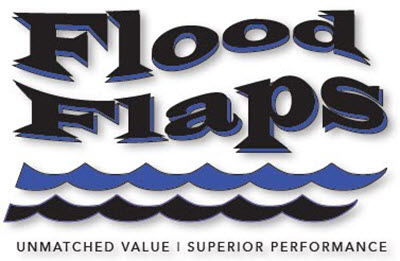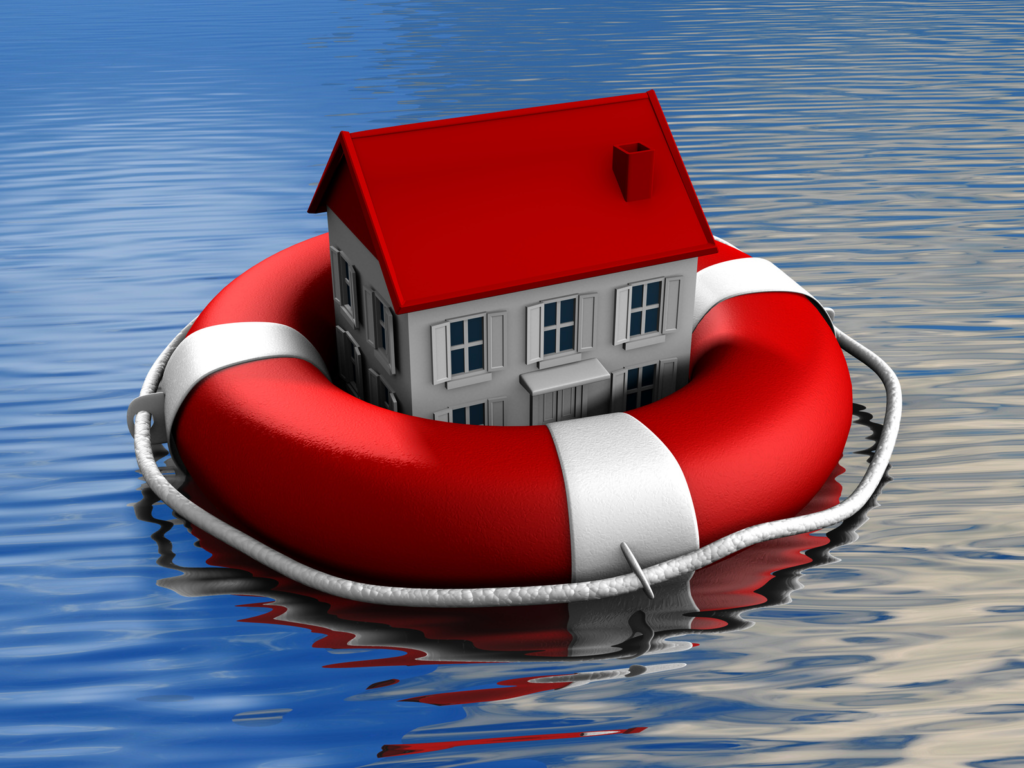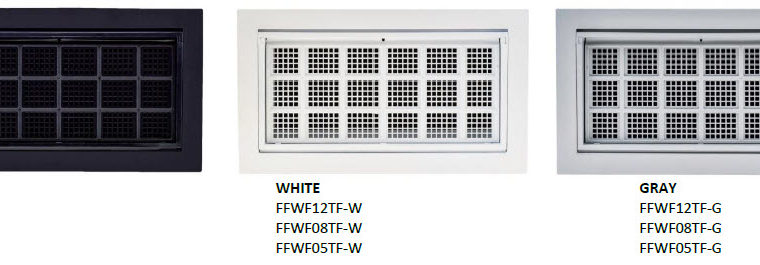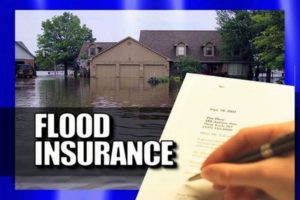PROTECTING YOUR PROPERTY FROM FLOODING
 If your property is in a flood hazard area, you can reduce the damage caused by flood waters and make cleanup easier by using flood damage resistant building materials. Building materials are considered flood resistant if they can withstand direct contact with flood waters for at least 72 hours without being significantly damaged. “Significant damage” means any damage that requires more than low cost, cosmetic repair (such as painting). Flood damage resistant materials should be used for walls, floors, and other parts of a building that are below the base flood elevation (BFE).
If your property is in a flood hazard area, you can reduce the damage caused by flood waters and make cleanup easier by using flood damage resistant building materials. Building materials are considered flood resistant if they can withstand direct contact with flood waters for at least 72 hours without being significantly damaged. “Significant damage” means any damage that requires more than low cost, cosmetic repair (such as painting). Flood damage resistant materials should be used for walls, floors, and other parts of a building that are below the base flood elevation (BFE).
Commonly available flood damage resistant materials include the following:
Flooring Materials
- concrete, concrete tile, and pre-cast concrete
- latex or bituminous, ceramic, clay, terrazzo, vinyl, and rubber sheets and tiles
- pressure-treated (PT) or decay resistant lumber
- PT wood and cold-formed steel
Wall and Ceiling Materials
- brick, metal, concrete, concrete block, porcelain, slate, glass block, stone, and ceramic and clay tile
- cement board, cold-formed steel, and reinforced concrete
- polyester epoxy paint
- PT and decay resistant lumber
- PT and marine grade plywood
- foam and closed-cell insulation
- decay resistant wood
Other
- hollow metal doors, cabinets, foam or closed-cell insulation
BENEFITS OF UTILIZING THIS MITIGATION STRATEGY
- Helps to prevent damage to a structure and make cleanup easier
TIPS
Keep these points in mind when you build with flood damage resistant materials:
- Remember that as long as your structure remains exposed to flooding, it will likely be damaged, even when you use flood damage resistant materials. Some amount of cleanup and cosmetic repair will usually be necessary.
- Although using flood damage resistant materials can reduce the amount and severity of water damage, it does not protect your buildings from other flood hazards, such as the impact of floodborne debris.
- All hardware used in areas below the flood level should be made of stainless or galvanized steel.
- Flood insurance will not pay a claim for damaged finishing materials below the BFE, even if those materials are considered flood damage resistant.
- If your property is in a coastal flood hazard area, installing flood damage resistant materials in areas below the BFE may create an obstruction, in violation of National Flood Insurance Program (NFIP) regulations. Check with your local building official or floodplain manager before making any modifications to your buildings.
- Areas of a structure that are below the BFE should be used only for parking, storage, and access.
- Flood damage resistant materials are also required by the International Building Code (IBC). See your local building code official for additional information.
Contact Flood Flaps today at 843-881-0190 or [email protected] to find out how our flood vents can help reduce your flood insurance, and protect your home or business property from flood damage.




